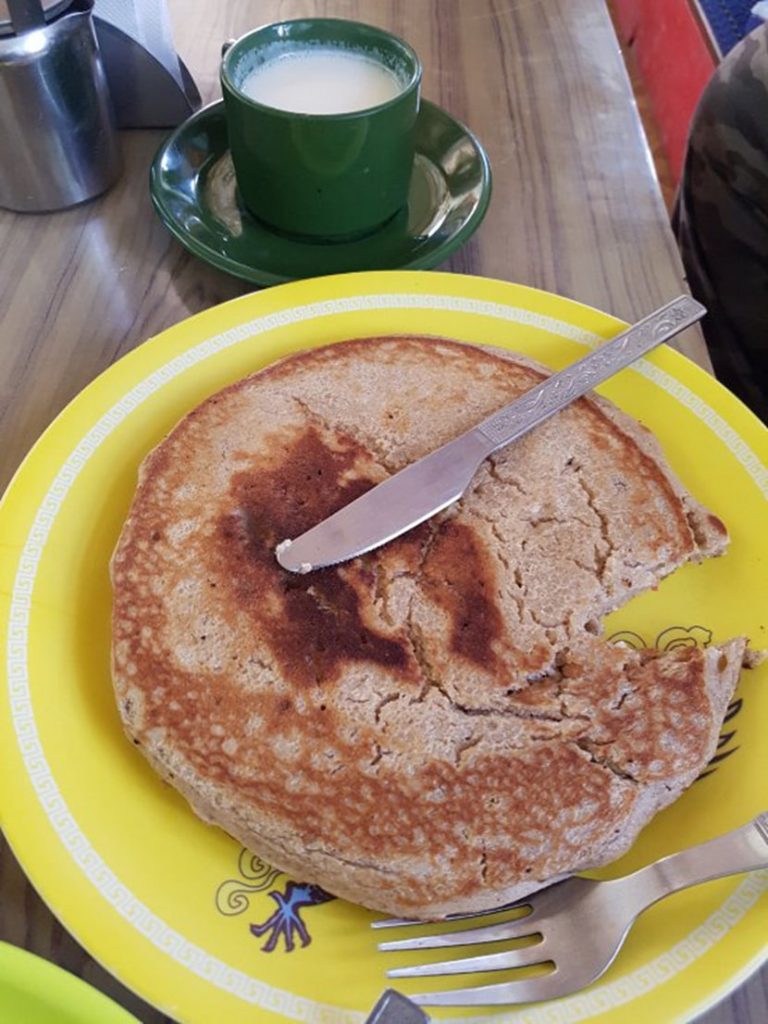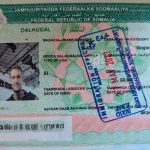by Andy Khong
Introduction:
China, a land of diverse landscapes and rich cultural heritage, holds many treasures waiting to be discovered. One such hidden gem is Qinghai Province, a land of breath-taking natural beauty and fascinating cultural traditions. Nestled on the north-eastern Tibetan Plateau, Qinghai remains a lesser-known destination for tourists, offering an authentic experience away from the crowds. In this article, we will delve into the wonders of Qinghai, exploring its unique geography, attractions, and culinary delights, while also uncovering a bit of its rich history and the splendours of its capital city, Xining.
Geography and Climate:
The provinces stunning geography is the foundation of its allure. The province boasts some of the highest plateaus on Earth, including the Tibetan Plateau, making it a paradise for nature enthusiasts. Qinghai Lake, one of the largest saltwater lakes in the world, is a prominent feature of the region. The surrounding grasslands and mountains provide a serene backdrop for travellers.
The climate herei varies significantly with altitude. While lower regions experience a temperate continental climate, high-altitude areas endure cold, harsh winters. This diversity in climate and terrain creates an ideal environment for a wide range of flora and fauna, some of which are endemic to this region.
A Glimpse into Qinghai’s History:
Qinghai has a rich historical tapestry, with influences from Tibetan, Mongolian, and Chinese cultures. It was an important part of the ancient Tibetan Empire and later became a vital centre for Tibetan Buddhism. The Kumbum Monastery, near the provincial capital of Xining, was founded here in the 16th century and remains a testament to the region’s religious heritage.
Xining: Capital of Qinghai
Xining, the capital of Qinghai, is a city that seamlessly blends tradition and modernity. While it has grown into a bustling metropolis, it retains its cultural and historical significance. Visitors can explore:
- Dongguan Mosque: One of the largest mosques in China, this architectural marvel showcases Islamic influences in the region.

2. Ta’er Monastery (Kumbum Monastery): As mentioned earlier, this is one of the most important monasteries for Tibetan Buddhism and is known for its intricate art and spiritual atmosphere.

Qinghai Provincial Museum: Learn about the province’s history, culture, and unique Tibetan artifacts in this well-curated museum.

Things to See and Do:
- Qinghai Lake: This immense saltwater lake is a must-visit. You can stroll along the shores, take a boat ride, or simply marvel at the serene beauty of the lake and its surrounding mountains.

2. Tongren (Rebkong): This Tibetan town is renowned for its Thangka art. Visitors can witness skilled artists crafting intricate paintings that depict various aspects of Tibetan Buddhism and culture.
3. Qinghai-Tibet Railway: Take a ride on the world’s highest railway, which runs through awe-inspiring landscapes, including the Tanggula Pass, the highest railway point in the world.
4. Prayer Flags and Mani Stones: Throughout Qinghai, you’ll encounter colourful prayer flags fluttering in the wind and Mani stones inscribed with Buddhist scriptures. These symbols of Tibetan Buddhism are scattered across the landscape, adding to the province’s spiritual ambiance.
5. Wildlife Watching: Qinghai’s varied ecosystems support diverse wildlife. Keen observers can spot Tibetan antelope, wild yaks, and various bird species, making it a paradise for nature enthusiasts.
6. Horseback Riding and Trekking: Explore the vast grasslands and rugged terrain on horseback or embark on a trekking adventure to truly connect with the pristine environment.
Regional Food Specialties:
Qinghai cuisine reflects the province’s Tibetan and Mongolian influences, offering hearty and flavourful dishes. Some must-try specialties include:
- Tibetan Butter Tea: A warm and salty tea, often consumed to combat the chilly high-altitude climate.
- Yak Meat: Sample dishes like yak hotpot or yak dumplings, a true Tibetan delicacy.
- Tsampa: A roasted barley flour, typically mixed with butter tea, sugar, or cheese, providing a quick and energy-packed meal.

1. Momo: Tibetan dumplings stuffed with meat or vegetables, served with a flavorful dipping sauce.
2 Liangfen: A spicy and cold noodle dish made from mung bean starch, popular in the summer months.
3. Yogurt: Enjoy creamy Tibetan yogurt, often mixed with honey or sugar for a sweet treat.
Conclusion:
Qinghai Province, with its stunning natural beauty, rich cultural heritage, and delectable cuisine, is a destination that promises a unique and authentic travel experience. Whether you are an adventure seeker, a culture enthusiast, or a nature lover, Qinghai has something special to offer. So, plan your journey to this hidden gem and immerse yourself in the wonders of Qinghai, starting with its captivating capital city of Xining.
Some interesting states and provinces near Qinghai:
Rishikesh
Ladakh
Sikkim
Bhutan
Nepal
Bangladesh
Sri Lanka
Goa
Xinjiang
Sichuan
Chongqing
Jammu & Kashmir
Stay tuned for YPT tours to China: YPT China Tours.





